PRA Regulatory Entity

In this article
PRA stands for Prudential Regulation Authority. It works as a regulatory and supervisory authority within the Bank of England. It supervises and regulates building societies, banks, insurers, major investment firms, and credit unions.
They have their standards by which they supervise all financial institutions within each firm. Currently, the PRA regulates more than 1,500 financial institutions.
Main objectives of PRA regulatory entity
The primary objectives of PRA are:
- They fully support a high level of protection for insurers and policyholders, facilitating competition among numerous firms.
- Banks play a crucial role in protecting and enhancing the stability of the UK financial system.
- There are a couple of statutory requirements as well that pertain to the threshold conditions. First, all firms must meet the threshold conditions. This includes the maintenance of liquidity and capital along with suitable management.
Which firms does the PRA regulate?
- Banks
- Building Societies
- Insurer operating in the UK
- Investment Firms
- Credit Unions
How does PRA set policies & standards?
The PRA sets its policies and standards for firms through its regulations. Firms must comply with and follow the regulations to protect themselves from future harm. The PRA will also monitor compliance with these.
With the help of regulations, PRA can identify if the firms are working following the laws or not. If any firm displays any violation in following the laws, their license will be cancelled right away.
Threshold conditions are strictly enforced against the company that is not abiding by them. These requirements are mandatory to protect the firms and policyholders. It even assesses all the possible risks the firm can face in the face of financial stability.
And hence bring out some suggestions to avoid those forthcoming risks.
Who are the board of directors in the PRA regulatory entity?
All PRA team decisions are overseen by the board of directors. Furthermore, the members include the Governor of the Bank of England, the Deputy Governor for Financial Stability, the Chief Executive Officer, and independent non-executive members. Parliament also has jurisdiction over the board.
Structure of the prudential regulatory authority
Following are the PRA Regulatory Entity that divided into three main areas:
Banking
The banking area is conducting regular supervision of the domestic and the international UK banks in which overseas and investment banks are also included.
Insurance
The insurance area is accountable for supervising the life insurers and UK general. It is also seeking to ensure the protection of the policyholders at a premium level.
Policy
The area of policy is bringing a high development in the policy standards and handbook rules. It covers some of the major prudential standards for the firms. Plus, it is also responsible for implementing the basic prudential regimes for capital, liquidity, operational risk, and accounting.
PRA is currently working with the Financial Conduct Authority (FCA) to fulfil its role.
Types of PRA policy publication
Various types of policy publication of PRA are:
Discussion paper (DP)
With the discussion papers, a debate can be stimulated on various issues on which certain rules are made, and expectations are set upon. Finally, discussion papers are evaluated for further formulation of policy based on the responses received.
Upon establishing a preferred position, a series of rules are drafted on which supervisory statements are arranged. Using regulations, PRA can determine whether or not the firms are in compliance with the law.
A formal consultation process is then initiated through a consultation paper.
Consultation paper (CP)
Secondly, we have consultation papers, which are formal documents on which draft proposals are arranged. Comments are invited from the general public. Generally, consultation papers deal with one discrete issue that is important. When there is more than one controversial topic, it will be handled through Occasional CPs.
Policy statement (PS)
Policy statements are comments through the feedback which is collected from consultation papers. These statements are published on the same page, which is also accompanying the consultation paper.
Supervisory Statement (SS)
With the help of supervisory statements, a flexible framework is introduced for the firms. This statement will incorporate both the existing and new expectations. They mainly focus on facilitating and supervising the firms to make sure they meet all the expectations. Additionally, they do not set any absolute requirements.
Statement of policy (SoP)
The Statement of Policy is a formal document that contains all the details about a particular matter. They do not contain any expectations that are not part of supervisory statements.
How applications are accessed in PRA regulatory entity?
In PRA, all applications are accessed by the following elements:
- Basic objectives of PA
- In favour of public interest
- Different financial resources are available for the applicant
- Governance
- Ownership
- Internal control system and risk management
- In compliance with the legal structure of the prescribed entity
- Major prudential requirements.
This entire criterion highlights some of the major requirements necessary for obtaining PRA authorisation. It is sufficient for an organisation to register and be authorised following applicable laws.
However, the PRA may reject an application depending on the situation if the prudential grounds are not specifically stated.
The PRA expects all applicants to comply with the major prudential requirements in numerous financial sector laws. It is important to follow the requirements from beginning to end to achieve successful operations.
The PRA will not issue any license until and unless they receive the concurrence of the Financial Sector Conduct Authority. Furthermore, it is the PRA’s complete right to revoke the license of any firm or individual that is violating the regulatory laws and rules.
Bottom line
The PRA regulatory authority is responsible for the regulation and supervision of financial services in the UK. It has been introduced as the successor to the Financial Services Authority (FSA). All organisations and firms working in the financial market must follow a set of standards and rules.
Jason Morgan is an experienced forex analyst and writer with a deep understanding of the financial markets. With over 13+ years of industry experience, he has honed his skills in analyzing and forecasting currency movements, providing valuable insights to traders and investors.
Forex Content Writer | Market Analyst
Relevant Posts

VFSC Regulatory Entity
[top_three_brokers] The Vanuatu Financial Services Commission is a regulatory organisation that supervises and regulates Vanuatu's…
Read more

GFSC Regulatory Entity
[top_three_brokers] Guernsey Financial Services Commission is charged with maintaining financial industry standards in the Bailiwick…
Read more

SFSA Regulatory Entity
[top_three_brokers] SFSA stands for Seychelles Financial Services Authority. This regulatory entity supervises non-bank financial services…
Read more

ADGM Regulatory Entity
[top_three_brokers] ADGM is the abbreviation of Abu Dhabi Global Market. It is an award-winning centre…
Read more

UCRFIN Regulatory Entity
[top_three_brokers] UCRFIN Regulatory Entity (Ukrainian centre for the development of OTC financial instruments and technologies)…
Read more

LFSA Regulatory Entity
[top_three_brokers] Labuan Financial Services Authority (Labuan FSA) is responsible for providing financial services in Labuan…
Read more

CBUAE Regulatory Entity
[top_three_brokers] The Central Bank of the United Arab Emirates, CBUAE, was founded in 1980 and…
Read more

BVIFSC Regulatory Entity
[top_three_brokers] BVIFSC is the abbreviation of the British Virgin Islands Financial Services Commission. This commission…
Read more

FC Regulatory Entity
[top_three_brokers] FC stands for Financial Commission, which is an independent international body for brokers and…
Read more

CySEC Regulatory Entity
[top_three_brokers] CySEC, Cyprus Securities and Exchange Commission, is an independent public regulatory authority responsible for…
Read more
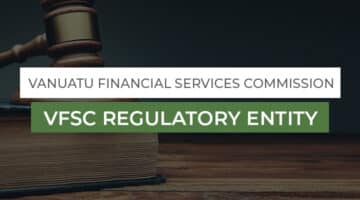
VFSC Regulatory Entity
[top_three_brokers] The Vanuatu Financial Services Commission is a regulatory organisation that supervises and regulates Vanuatu's…

GFSC Regulatory Entity
[top_three_brokers] Guernsey Financial Services Commission is charged with maintaining financial industry standards in the Bailiwick…
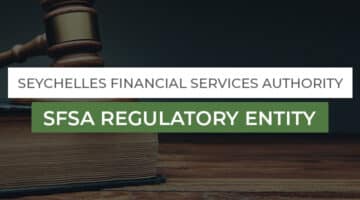
SFSA Regulatory Entity
[top_three_brokers] SFSA stands for Seychelles Financial Services Authority. This regulatory entity supervises non-bank financial services…

ADGM Regulatory Entity
[top_three_brokers] ADGM is the abbreviation of Abu Dhabi Global Market. It is an award-winning centre…
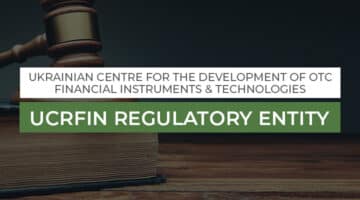
UCRFIN Regulatory Entity
[top_three_brokers] UCRFIN Regulatory Entity (Ukrainian centre for the development of OTC financial instruments and technologies)…
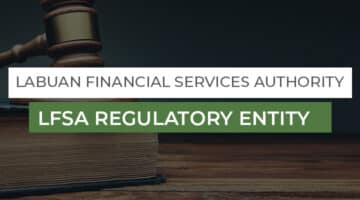
LFSA Regulatory Entity
[top_three_brokers] Labuan Financial Services Authority (Labuan FSA) is responsible for providing financial services in Labuan…
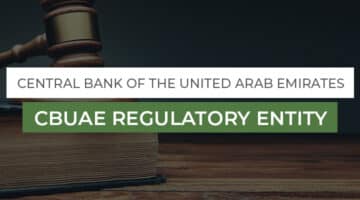
CBUAE Regulatory Entity
[top_three_brokers] The Central Bank of the United Arab Emirates, CBUAE, was founded in 1980 and…
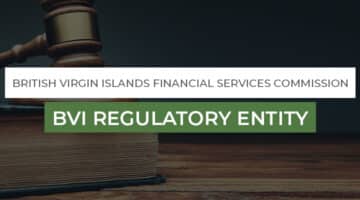
BVIFSC Regulatory Entity
[top_three_brokers] BVIFSC is the abbreviation of the British Virgin Islands Financial Services Commission. This commission…
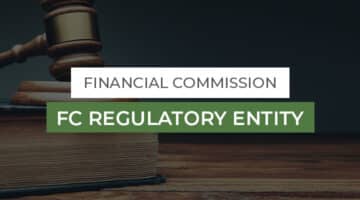
FC Regulatory Entity
[top_three_brokers] FC stands for Financial Commission, which is an independent international body for brokers and…

CySEC Regulatory Entity
[top_three_brokers] CySEC, Cyprus Securities and Exchange Commission, is an independent public regulatory authority responsible for…


